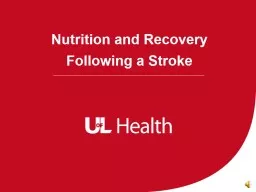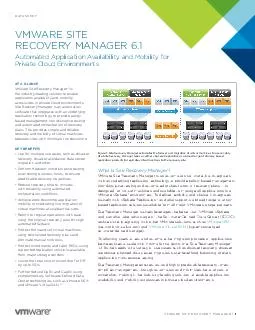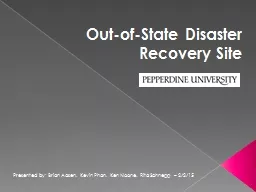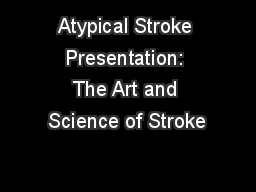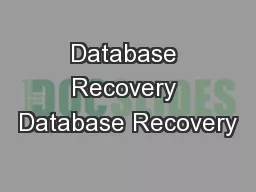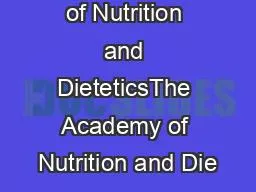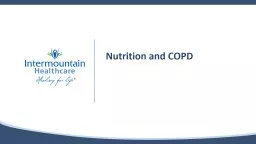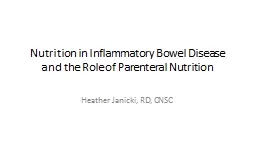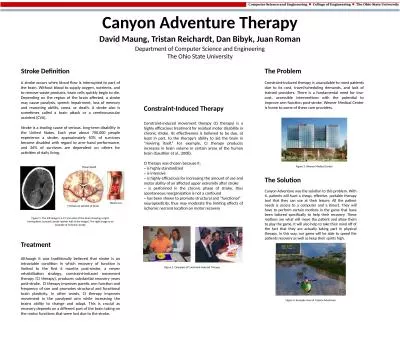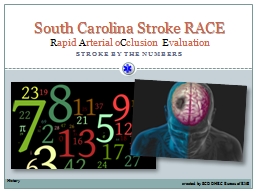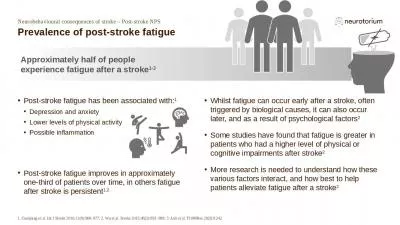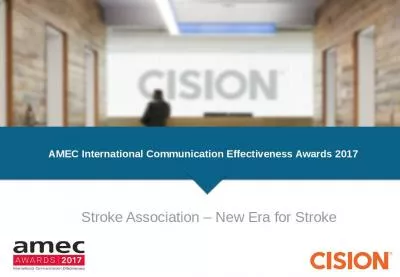PPT-Nutrition and Recovery Following a Stroke
Author : Masterchief | Published Date : 2022-08-02
Subtitle The following nutrition guidelines are general and may not reflect individual needs When well nourished you can heal faster and get more out of
Presentation Embed Code
Download Presentation
Download Presentation The PPT/PDF document "Nutrition and Recovery Following a Strok..." is the property of its rightful owner. Permission is granted to download and print the materials on this website for personal, non-commercial use only, and to display it on your personal computer provided you do not modify the materials and that you retain all copyright notices contained in the materials. By downloading content from our website, you accept the terms of this agreement.
Nutrition and Recovery Following a Stroke: Transcript
Download Rules Of Document
"Nutrition and Recovery Following a Stroke"The content belongs to its owner. You may download and print it for personal use, without modification, and keep all copyright notices. By downloading, you agree to these terms.
Related Documents

